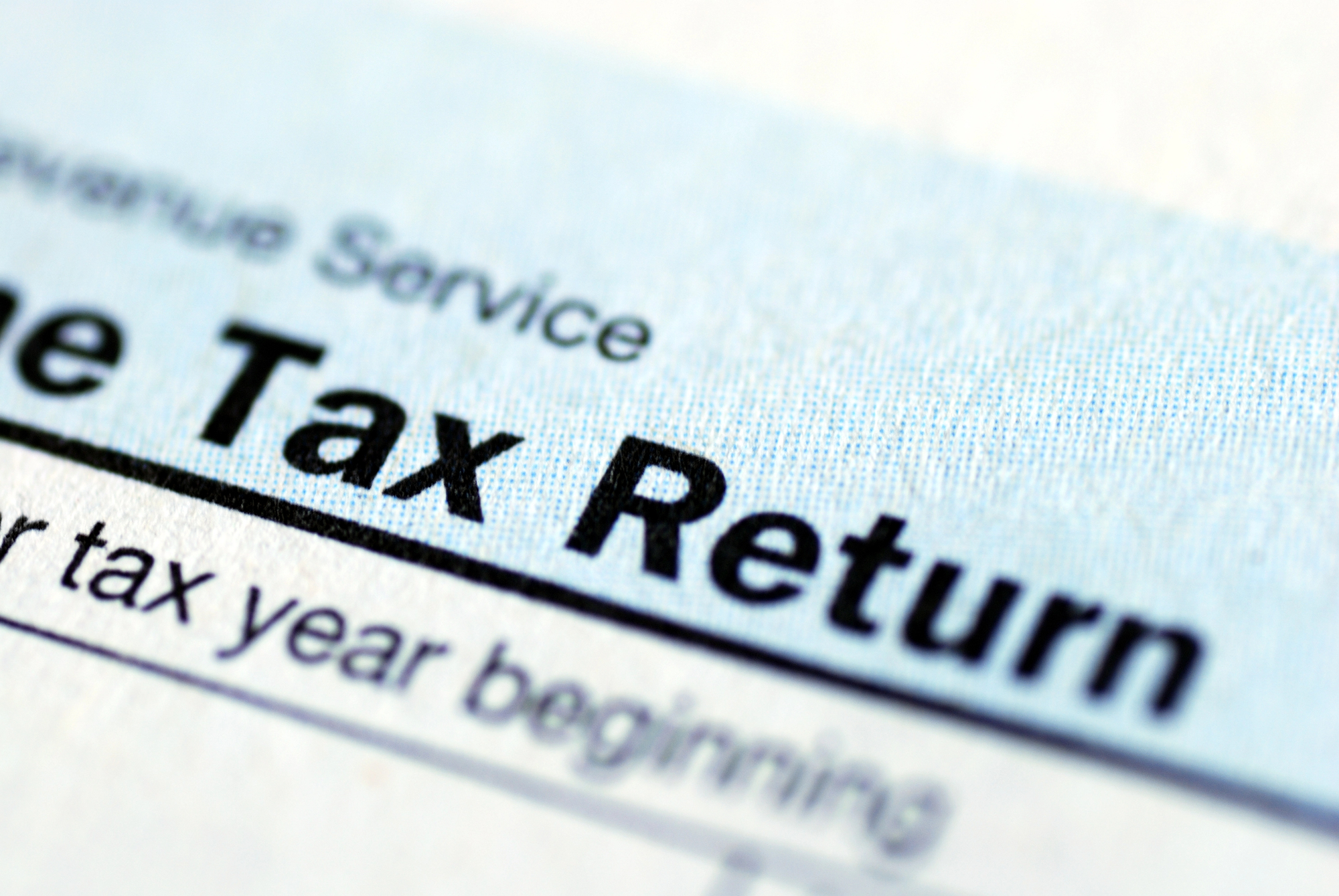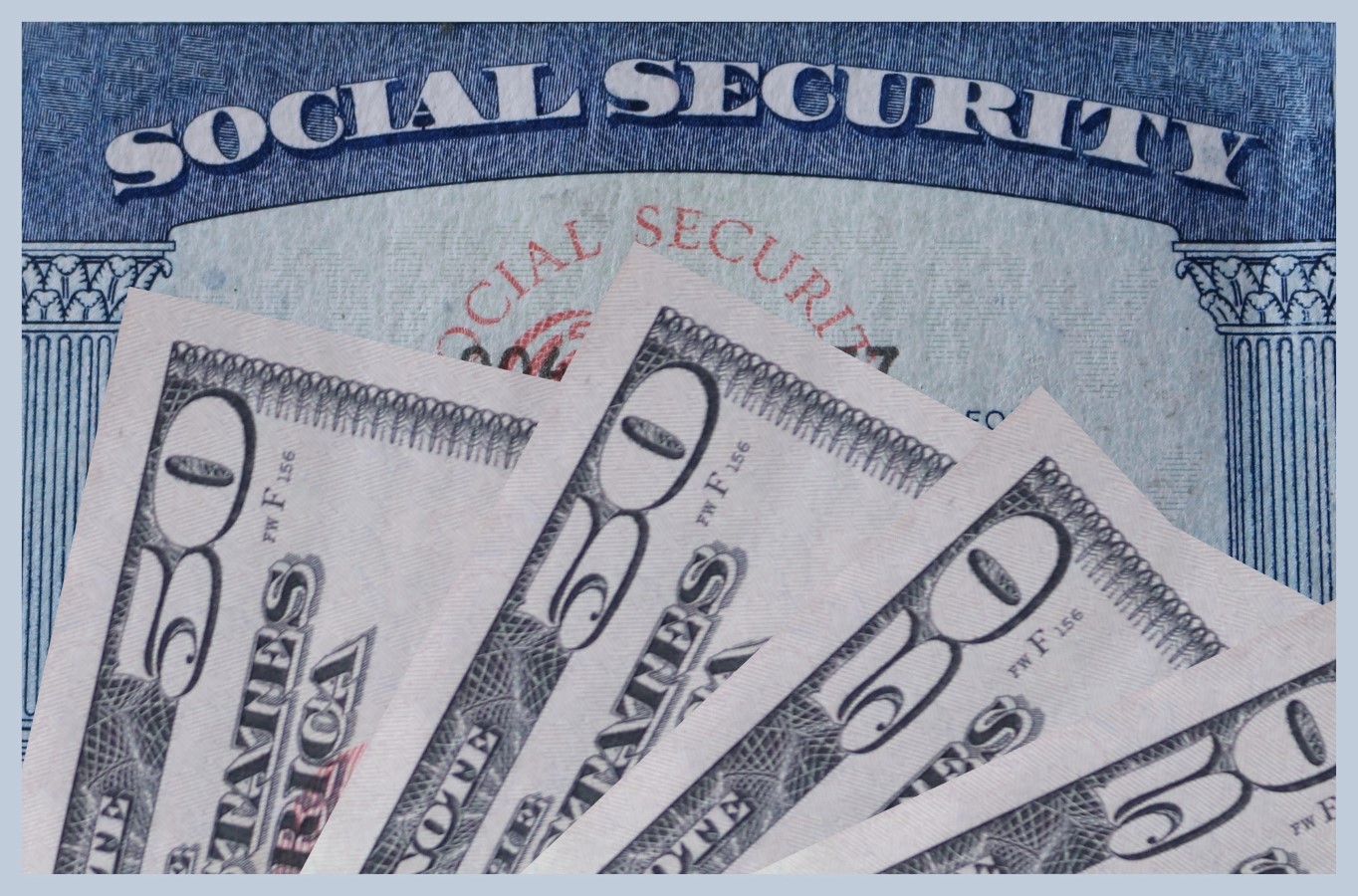Trump’s $25,000 ‘No Tax On Tips’ Deduction Covers Bartenders, Babysitters And 66 More Jobs – Financial Freedom Countdown
President Donald Trump’s “big beautiful bill” has made waves with a new tax break: a “no tax on tips” deduction worth up to $25,000 per year.
The U.S. Treasury has now released a preliminary list of 68 jobs that may qualify.
The deduction runs from 2025 through 2028 and could reshape the financial outlook for millions of service workers.
But it also comes with strict limits, phase-outs, and unanswered questions.
Trump Floated the Idea First And Harris Copied It Later

During the 2024 campaign, Trump surprised both parties by promising “no tax on tips” as part of his middle-class relief pitch. The idea instantly caught fire among service industry workers.
Vice President Kamala Harris tried to roll out a similar plan during her campaign stops, but voters largely saw it as a copycat move.
By the time Harris adopted it, Trump had already branded the idea as his own, and polls showed the public credited him for it.
Why the $25,000 Deduction Matters

Tips are the primary income stream for millions of Americans from bartenders and caddies to nannies and delivery drivers. Under previous law, every dollar was taxable.
Now, with Trump’s change, workers can deduct up to $25,000 in “qualified tips” each year.
For someone earning $40,000 in wages and $20,000 in tips, taxable income drops to $35,000 instead of $60,000; a huge cut.
Bartenders, Wait Staff, and Restaurant Workers

Unsurprisingly, the Treasury list is packed with restaurant and bar jobs, including:
Bartenders
Wait staff
Food servers outside restaurants
Dining room attendants and helpers
Chefs, cooks, bakers, and dishwashers
Fast food and counter workers
Hosts and hostesses
This group makes up the largest share of tipped workers in the U.S.
Babysitters and Nannies Make the Cut

Notably, the list includes in-home caregivers such as babysitters and nannies. That’s a big shift, since many childcare workers operate in the informal economy where tip income often goes underreported.
Casino Dealers, Dancers, and Performers

Entertainment venues are also well represented. Covered occupations include:
Casino dealers, cage workers, and sports book writers
Dancers and musicians
DJs and other performers
Ushers and ticket takers
Digital content creators who receive direct tips
Beauty, Wellness, and Fitness Professionals

Workers in salons, spas, and fitness centers also qualify, such as:
Hairdressers and barbers
Massage therapists
Manicurists and pedicurists
Makeup artists and skincare specialists
Tattoo artists and piercers
Fitness instructors and trainers
Tour Guides, Caddies, and Sports Instructors

Jobs tied to recreation and tourism round out the list, including:
Golf caddies
Recreational pilots and tour escorts
Travel guides
Sports and recreation instructors
Self-enrichment teachers
Taxi, Valet, and Delivery Drivers

Transportation workers who rely heavily on gratuities also benefit. Among them:
Rideshare and taxi drivers
Valet attendants
Shuttle and charter bus drivers
Water taxi operators
Goods delivery workers
Pedicab, carriage, and rickshaw drivers
Bellhops, Concierges, and Housekeepers

The hotel and lodging industry, another tip-heavy sector, is included too:
Baggage porters and bellhops
Concierges
Hotel desk clerks
Maids and housekeeping staff
Event Planners, Photographers, and Tutors

Less obvious occupations also appear on Treasury’s list, such as:
Event planners and officiants
Private photographers and videographers
Pet caretakers
Tutors, babysitters, and nannies
This wide scope shows the deduction reaches far beyond restaurants.
Who Gets Left Out?

While the list is long, not everyone qualifies. The deduction only covers jobs that “customarily and regularly received tips” before December 31, 2024.
That leaves out new gig app roles and hybrid service jobs that have sprung up since.
It also phases out completely for workers with incomes above $150,000, meaning high-end consultants, celebrity trainers, or luxury service providers could miss out.
And importantly, workers will still owe Social Security, Medicare, and state taxes on tip income; the federal break doesn’t erase those obligations.
What Counts as a Tip?

The law defines tips as voluntary payments from customers; not automatic service charges.
That distinction could leave some hospitality workers, particularly in resorts and event venues, on uncertain ground until the IRS issues guidance.
The Timeline for Final Rules

Treasury’s preliminary list came just before the October 2 deadline set in Trump’s bill. Officials have not provided a final publication date, but they expect the final list to be “substantially the same” as the draft.
The Bottom Line

Trump’s “no tax on tips” deduction has the potential to reshape life for service workers across dozens of industries.
Bartenders, babysitters, dancers, caddies, and many more now stand to keep thousands in their pockets.
But with income phase-outs, lingering uncertainty, and state taxes still in play, the real-world impact may vary widely.
One thing is clear: Trump floated the idea, voters embraced it, and now the U.S. tax code is about to reflect it.
Like Financial Freedom Countdown content? Be sure to follow us!
Millions Could See Bigger Tax Refunds in 2026 Under Trump’s One Big Beautiful Bill

The IRS has confirmed that withholding tables and W‑2 reporting forms will remain unchanged for 2025. That means taxpayers will continue paying taxes on tips, overtime, and other income throughout the year; but when they file their 2025 returns in 2026, they could see significantly larger refunds thanks to President Trump’s One Big Beautiful Bill Act (OBBBA).
Millions Could See Bigger Tax Refunds in 2026 Under Trump’s One Big Beautiful Bill
Court Ruling Puts U.S. Credit Rating at Risk as Trump’s Tariffs Hang in the Balance

America’s fiscal credibility may have just taken a hit. A federal appeals court struck down most of President Donald Trump’s sweeping global tariffs, throwing into question a revenue stream that ratings agencies say is helping prop up the nation’s creditworthiness. Just last week, S&P Global reaffirmed its AA+ rating with a stable outlook, citing “robust tariff income” as a major factor in offsetting rising deficits. If those tariffs vanish, Washington could lose tens of billions in monthly revenue, deepening fiscal stress at a time when borrowing costs are already surging.
Court Ruling Puts U.S. Credit Rating at Risk as Trump’s Tariffs Hang in the Balance

Today marks the 90th anniversary of Social Security, a program that has kept millions of Americans out of poverty for generations. But while the monthly checks remain a lifeline for retirees, new warnings from the program’s trustees show that drastic changes could be coming within less than a decade; unless Congress acts soon.
Social Security Turns 90 Today; But Trustees Warn Your Benefits May Not Survive to 100

Did you find this article helpful? We’d love to hear your thoughts! Leave a comment with the box on the left-hand side of the screen and share your thoughts.
Also, do you want to stay up-to-date on our latest content?
1. Follow us by clicking the [+ Follow] button above,
2. Give the article a Thumbs Up on the top-left side of the screen.
3. And lastly, if you think this information would benefit your friends and family, don’t hesitate to share it with them!

John Dealbreuin came from a third world country to the US with only $1,000 not knowing anyone; guided by an immigrant dream. In 12 years, he achieved his retirement number.
He started Financial Freedom Countdown to help everyone think differently about their financial challenges and live their best lives. John resides in the San Francisco Bay Area enjoying nature trails and weight training.
Here are his recommended tools
Personal Capital: This is a free tool John uses to track his net worth on a regular basis and as a retirement planner. It also alerts him wrt hidden fees and has a budget tracker included.
Platforms like Yieldstreet provide investment options in art, legal, real estate, structured notes, venture capital, etc. They also have fixed-income portfolios spread across multiple asset classes with a single investment with low minimums of $10,000.